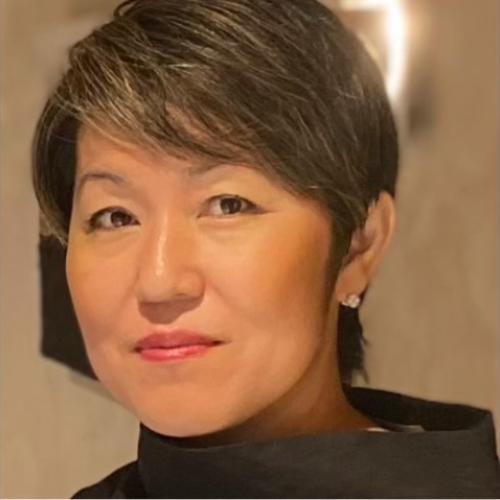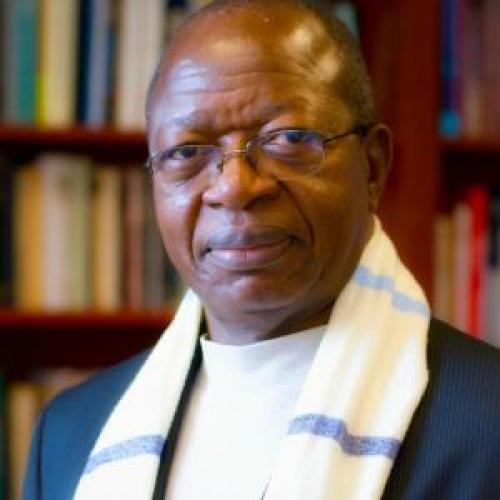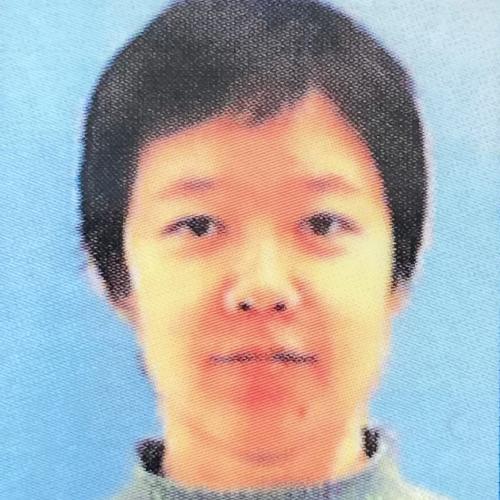-
24 January 2025

Speaker: Sayomi Kamimoto, Howard University
Title: Bifurcation Validation and Application to a Red Coral Population Model
Click to read the Abstract.
Oftentimes in the study of nonlinear differential/difference equations, we rely on a qualitative theory, i.e., using indirect methods, to understand the asymptotic behavior of solutions without actually solving the system. This is accomplished by focusing on specific types of solutions and using them to obtain an overall description of the structure of the dynamics. We present computer-assisted proofs which allow us to rigorously validate equilibrium and bifurcation structure such as a saddle-node bifurcation. The validations are performed using Newton- like method. As an example, we consider a 13-dimensional age-structured discrete red coral population model varying with respect to a fitness parameter. s talk is a summary of a collaborative work with H. Kim, E. Sander, T. Wanner, based on a previously published result by Sander/Wanner.
-
31 January 2025

Speaker: Rodney Wallace, Kyndryl.
Title: Real-World Predictive Analytics Examples using CRISP-DM in IT Service Delivery
Click to read the Abstract.
CRISP-DM is still the most popular framework for executing data science projects. I will give a brief introduction to CRISP-DM and share how we have leveraged its methodology to solve several predictive analytics problems in IT service delivery here at Kyndryl (formerly IBM). I will also show how we have applied varying levels of stochastic analysis in our solutions that include probability & random variables, queueing theory, and stochastic simulation.
-
14 February 2025

Speaker: Rachel Saidi, Montgomery College.
Title: TBA
Click to read the Abstract.
TBA
-
21 February 2025

Speaker: Angelica Babei, Howard University.
Title: TBA
Click to read the Abstract.
TBA
-
14 March 2025

Speaker: Yan Zhuang, Davidson College.
Title: DREAM: Integrating Undergraduate Research and Educational Outreach
Click to read the Abstract.
Last year featured the inaugural run of DREAM (Discovering Research and Expanding Access to Mathematics), my summer program for Davidson College students which integrates mathematical research and educational outreach. Over the course of 10 weeks, the 2024 DREAM Team worked on projects in enumerative and algebraic combinatorics, had weekly readings and discussions on the human mathematical experience, and organized a full-day outreach event in collaboration with Charlotte-Mecklenburg Schools. In this talk, I will discuss my vision for DREAM, the work done by the 2024 DREAM Team, and lessons learned along the way.
-
21 March 2025

Speaker: Bourama Toni, Cheyene Henri, Jordan Greene and Isaac Anderson, Howard University.
Title: Game-theoretic evolutionary model for Distributed Sensor Network with a Class of Replicator Dynamics controlled by a Transport-like PDE
Click to read the Abstract.
We study an evolutionary game model of a distributed network of sensors in motion towards a desired target along a one-dimensional domain. This leads to a class of Replicator Dynamics controlled by a transport PDE; we uncover three Nash equilibria alongside some s-called pseudo-Nash Equilibria on separatrix. To gain a deeper geometric insight we perform several numerical simulations to follow the replicator trajectories starting near the equilibria.
However, the talk will first survey advances in game theory from the classical game theory (Prisoner's Dilemma, Battle of the sexes, Matching Pennies, Haw-Dove) to the so-called Intelligent game theory (algorithmic and quantum game, non-Archimedean game).
-
28 March 2025

Speaker: Evelyn Sander, George Mason University.
Title: Computing Manifolds for Billiard Maps on Perturbed Elliptical Tables
Click to read the Abstract.
Dynamical billiards consist of a particle on a two-dimensional table, bouncing elastically each time it hits the boundary. The successive bounce location plus bounce angle forms a two-dimensional iterated map, which was first studied by Birkhoff. I will give a general introduction to the theory of dynamical billiards, accessible to a general audience.
One notable shape of a billiard table is that of an ellipse, in which case the dynamics of billiard maps are completely integrable, meaning that all orbits are ordered and no chaos occurs. The Birkhoff conjecture is a long standing conjecture that elliptical tables are the only smooth convex table for which complete integrability occurs. In the spirit of considering this conjecture, my current research focuses on perturbed elliptical tables. I will describe an implicit real analytic method for billiard maps on. This method allows us to compute stable and unstable manifolds using the parametrization method. While the results as yet are numerical only, our method is devised so it can in future be validated. This is joint work with Patrick Bishop, George Mason University and Jay Mireles James, Florida Atlantic University.
-
4 April 2025

Speaker: Robert Simon, London School of Economics and Political Science.
Title: Proper graph colouring, optimization, and paradoxical decompositions
Click to read the Abstract.
We show that there is an infinite graph of finite degree defined by a Borel equivalence relation on a probability space such that it can be coloured properly with 17 colours but only in ways that induce paradoxical decompositions. We show that there are problems of optimization such that every epsilon-optimal solution for small enough positive epsilon induces a paradoxical decomposition.
-
11 April 2025

Speaker: Tepper Gill, Howard University.
Title: Another look at the inner product and the Kuelbs-Steadman spaces
Click to read the Abstract.
I hope to make this talk meaningful for both the undergraduate
students and the advanced researchers. I will begin with a general level discussion of the problem and motivation for the work leading to a dissertation
for my first PhD student, Dr Vernice Steadman (now deceased). She was the first to construct the now called Kuelbs-Steadman spaces.
Before explaining how the spaces are constructed, I will introduce a new aspect of the dot product we all learned in calculus and show how this small
aspect can have a radical impact when extended to infinite dimensional spaces.
I will use this new insight to show how she constructed the Kuelbs-Steadman space $KS^2$, which was a major result of her work.
This space contains the spaces $L^1$ and $L^2$ as continuous dense embeddings. In the course of the talk I will explain what this last sentence means and why it is important.
-
18 April 2025

Speaker: Jie Ren, Howard University.
Title: Wall-crossing structures in Donaldson-Thomas theory
Click to read the Abstract.
The notion of wall-crossing structure (a.k.a. scattering diagram) was motivated by Mirror Symmetry and Donaldson-Thomas invariants, and also has applications in some other situations. The counting problems of certain objects in the relevant categories are encoded in such structures. I will introduce some basics of wall-crossing structures, and examples coming from algebra and geometry.









